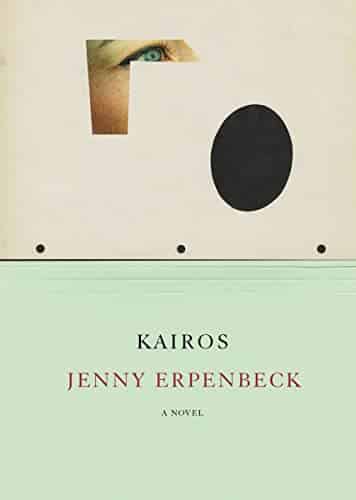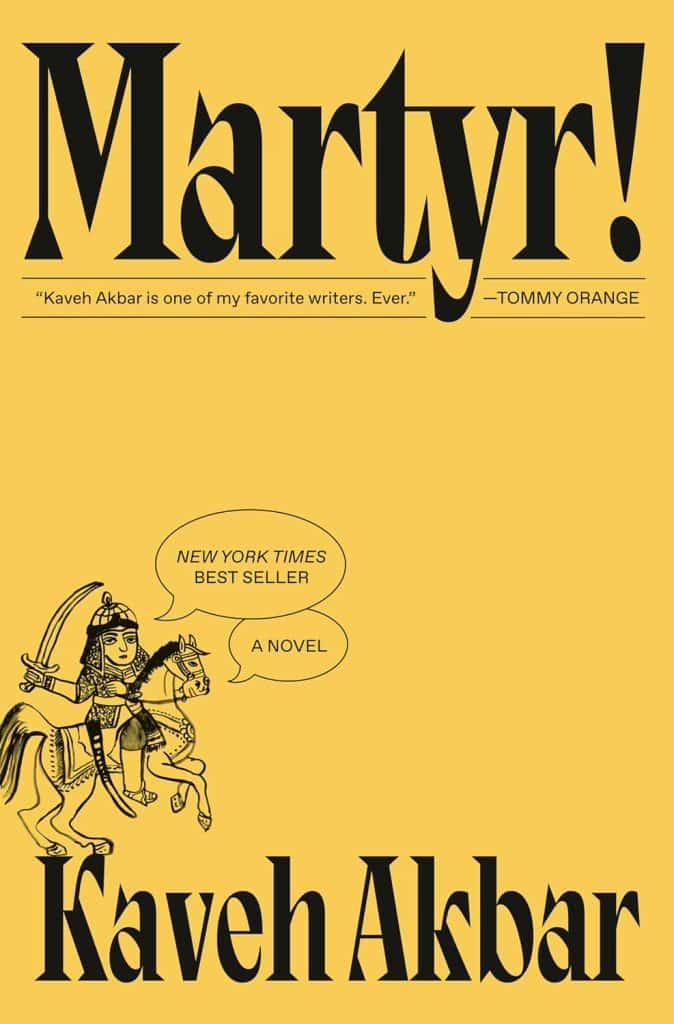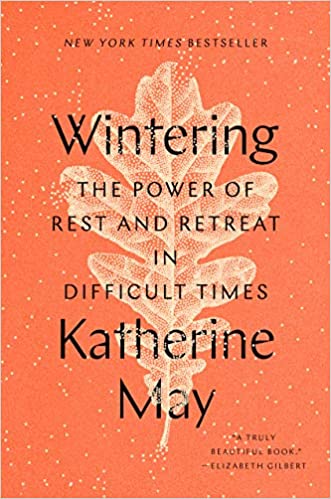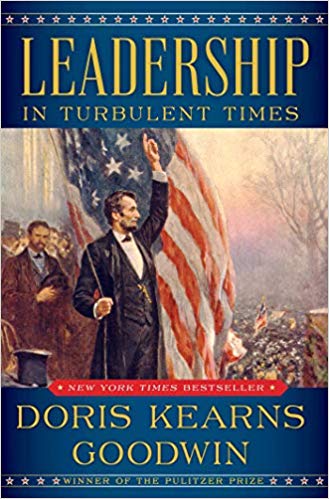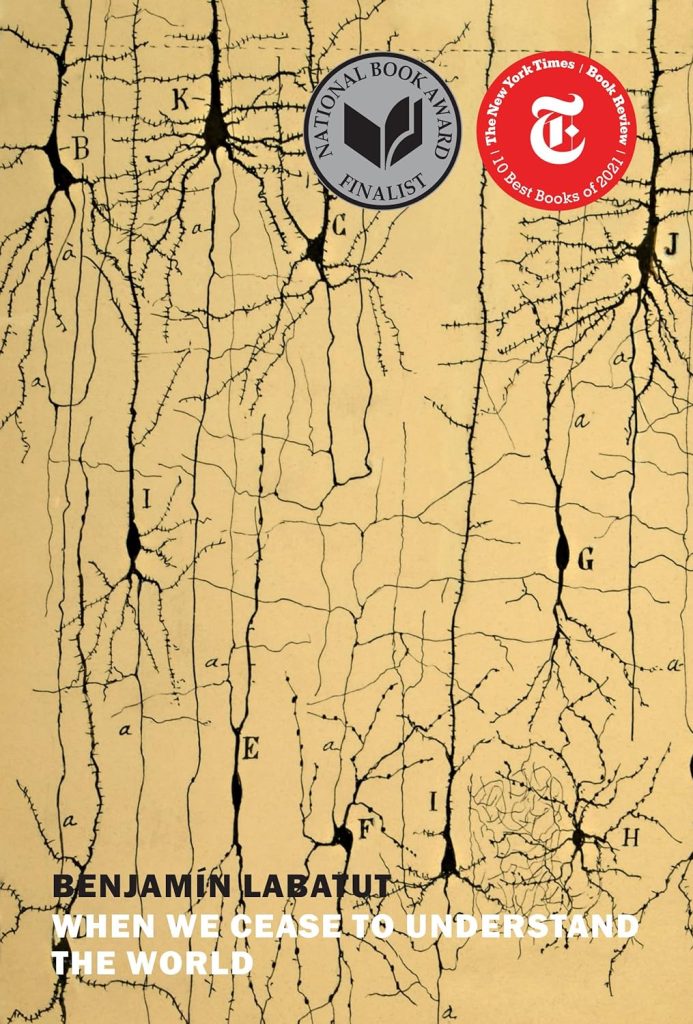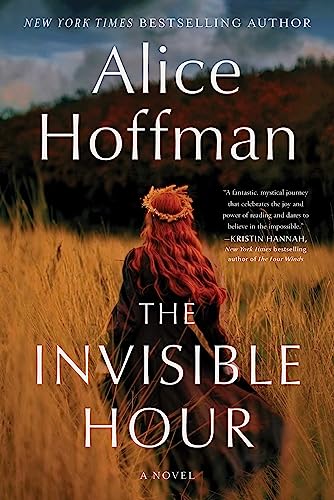Please, Stay With Me!
Estimated reading time: 14 minutes, 57 seconds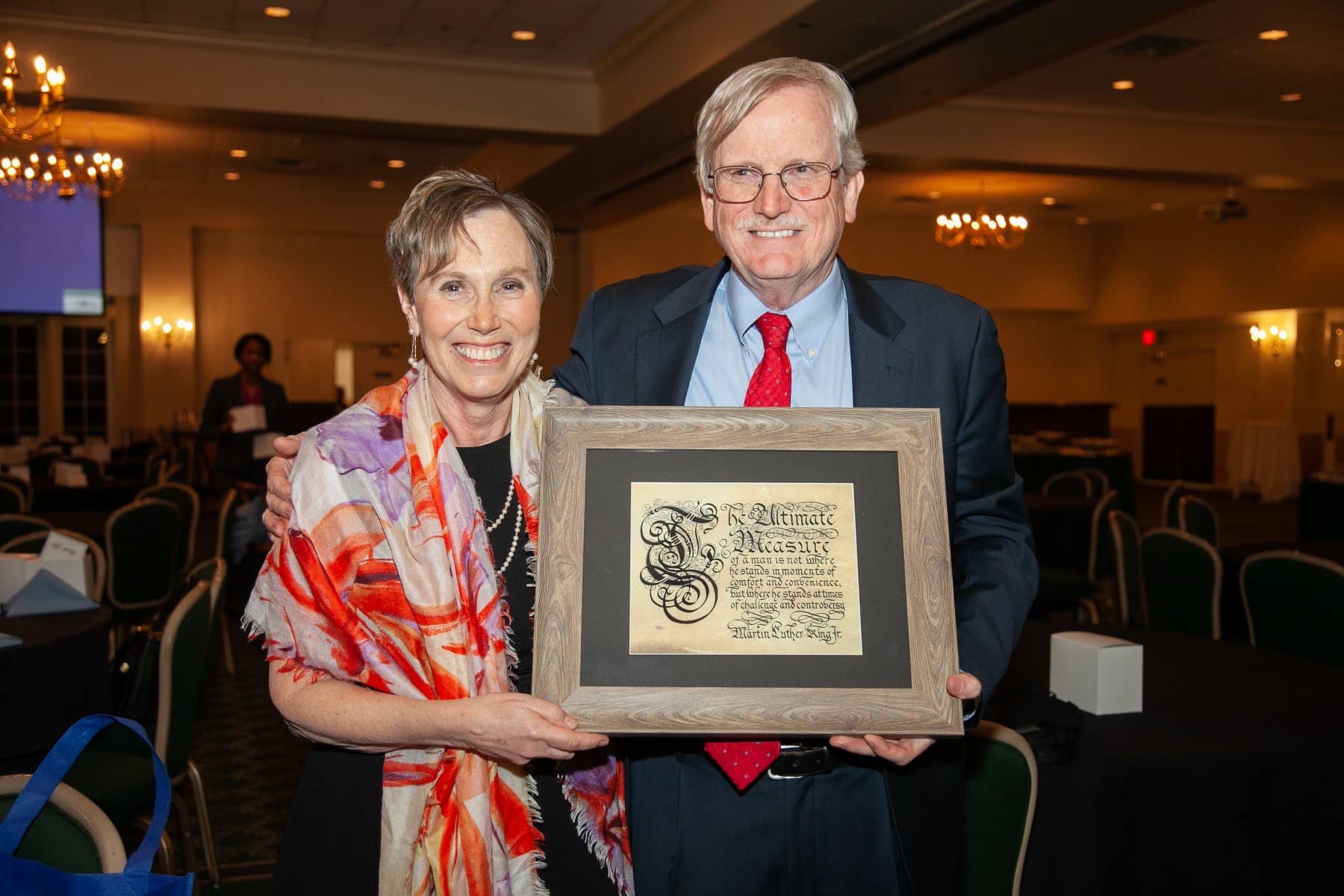
Love is Our Only Salvation!
My wife, Jan, was lying in bed, her eyes fixed on me as she pleaded, “Honey, now that you’re not working anymore, please stay in bed with me.” I was standing on her side of the bed, pondering my next move, when I heard her voice. Her words melted my heart, and I couldn’t resist her request. Her words melted my heart, and I couldn’t resist her request. Although I had a lazy day ahead without work and other obligations, I knew I couldn’t refuse Jan’s plea. I decided to stay and hold her in my arms, cherishing the precious moments we spent together. As I returned to bed, I noticed her nightgown lying on the floor. I kissed her and whispered, “You’ve given me an offer I could not refuse.
As time goes by, the memories of our departed loved ones become more precious than anything else in this world. We cling to these Kodachrome memories, knowing they are all we have left. However, the human brain can only hold onto fleeting images and bits of conversation, which are never enough to capture the essence of our loved ones fully.
As someone who has lost their spouse, I know the deep pain and sorrow that comes with losing a loved one. It can feel like a part of you is missing, and the world seems to lose its color and vibrancy. However, I have found comfort in keeping my late wife, Jan, close to me, even after her passing.
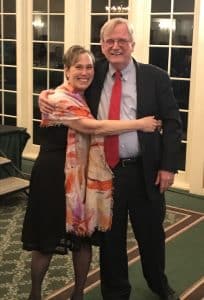
Jan was a fantastic person who touched so many lives with her kindness and love. We had a deep and meaningful relationship built on trust, respect, and a profound connection that words can’t describe. Even though we were two separate people, it always felt like we were two halves of the same soul. When we met, it was like we had known each other forever, and we quickly became inseparable.
In our years together, Jan helped shape me into who I am today. She encouraged me to pursue my passions and challenged me to be the best version of myself. Her love and support gave me the strength and confidence to face life’s challenges head-on.
Now that she’s gone, I carry Jan’s memory wherever I go. It may seem strange to some people, but to me, it’s a way of keeping her spirit alive and present in my life. I feel her guidance and love with me every day, and I know she will always be a part of me, now and forever.
First Day of Spring 2019
As the morning light softly filtered through the curtains, I nestled closer to Jan. I could feel the warmth of her naked skin against mine, and the gentle rhythm of her breaths filled the air. We had already spent some time together in bed earlier that morning, but I couldn’t resist the temptation to linger a little longer.
After a few minutes of peaceful silence, I finally worked up the courage to leave the comfort of our bed, knowing that I had things to do. But before I could go, I leaned in and kissed Jan on the lips, savoring the sweetness of her lips. I may not have work, but you do,” I whispered, conveying my love and support for her.
Jan’s face lit up with a smile, and I knew she appreciated the extra time we had spent together. She explained that she had a breakfast meeting in town and needed to shower and dress. “I will get the morning papers and take out the recycling while you shower.”
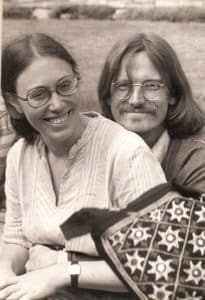
As I entered the apartment, the sound of water running from Jan’s shower filled the air. I climbed up the stairs and made my way to our small bathroom. Knowing Jan enjoyed hot showers, I quickly shut the door to keep the warmth inside and grabbed a towel to hand her. As I opened the shower door, my eyes fell on her, and it was as if I was seeing her wet, naked body for the first time. Jan dried her face, stopped, leaned in, and kissed me without a word, filling my heart with warmth and tenderness. Keep that thought,” she said with a smile, “it would be nice to do more than cuddling tonight.” I blushed and looked down, noticing a bulge in my sweatpants.
After almost 48 years, I recently lost my wife, Jan Lilien. Like The Little Prince, Jan and I believed that “The most beautiful things in the world cannot be seen or touched, they are felt with the heart.” This blog is a collection of my random thoughts on love, grief, life, and all things considered.


